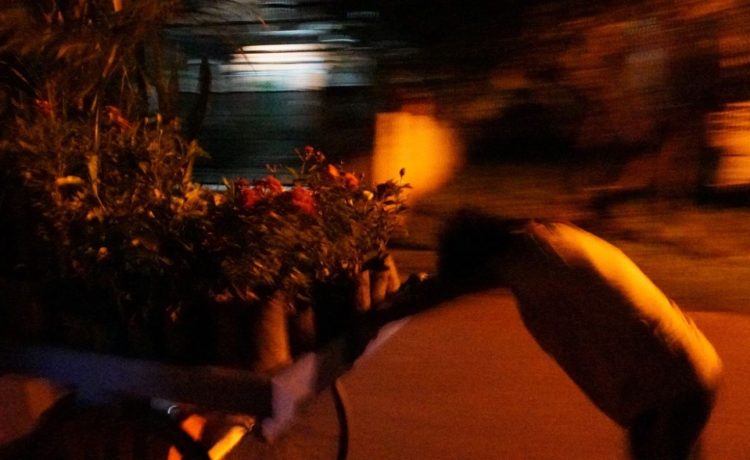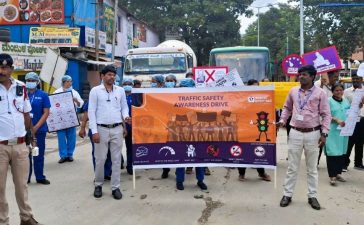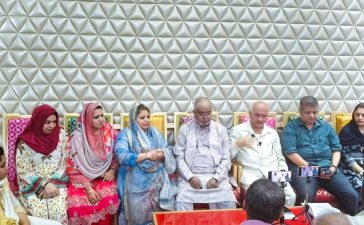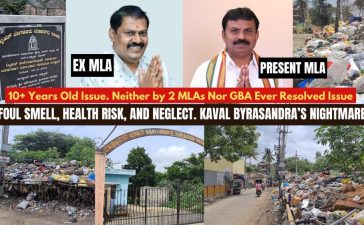The Convenience of Co-existence
By Rida N Ahmed
Two Worlds on the Same Street
Nagasandra, with its hooded streets glinting under the sodium glow, is both itself and a collage of what people have made of it. It’s a place where languages collide, cultures mingle, and lives intersect—often without truly seeing one another. This neighborhood doesn’t just shape those who arrive here; the people who pass through it leave their own imprint. In the end, we co-exist—sometimes comfortably, sometimes uncomfortably, but always together.
A Boy Named Raghav
One evening, I came across Raghav—a 12-year-old boy pushing a cart twice his size up an inclined street, navigating the slopes and shadows as if he’d been doing it forever. He sold plants by day and delivered goods by night, his small frame carrying a weight far heavier than the load on his cart: the weight of responsibility.
When I asked for a photograph, he smiled faintly, fatigue dimming his expression, and nodded. The picture came out blurred and rushed—much like his reality. Just meters away from the gates of Christ University’s Yeshwanthpur campus, where students walk in branded shoes and swipe ID cards into libraries, Raghav was living a life defined by survival, not ambition.
From Comfort to Contrast
I arrived in Bengaluru with 18 years of life packed into suitcases and a backpack full of dreams. Surrounded by peers who excelled in academics, extracurriculars, and everything in between, I was restless. The pressure of constant performance clouded my creativity, replacing artistic instinct with technical constraints.
That day, with a camera in hand, I wandered beyond the manicured calm of campus life into a neighborhood alive with raw, unpolished reality. My inexperience with the camera settings produced shaky, underexposed photos, but what struck me wasn’t the technical failure—it was the stories unfolding in front of my lens.
Children carried water cans heavier than themselves. Teenagers manned food stalls deep into the night. And there was Raghav, his life a study in resilience.
Two Realities, One Address
In our world, a single phone call can move money into a bank account. We enjoy Wi-Fi, air conditioning, and backup power—luxuries so embedded in daily life that we hardly notice them. Our mornings begin with coffee from a machine and lectures in well-equipped labs.
A few steps away, another world begins its day with sweat and labor. Homework is balanced on knees under a dim streetlight. Opportunities don’t arrive in neatly packaged lesson plans; they have to be carved out through grit, hustle, and guesswork.
Not a Divide, But an Intersection
What stays with me is not just the stark difference, but the seamless overlap. These two worlds—one of privilege, the other of perseverance—do not exist in isolation. They share streets, markets, buses, and conversations. The students are temporary residents in a neighborhood with its own history and rhythm. Yet, our presence changes it: our rides block narrow lanes, our tastes shape local shops, our silences echo just as loudly as our demands.
Those blurred photographs remind me that privilege and poverty are not far-flung realities—they live side by side. We cannot claim detachment. Simply by being here, we are already part of each other’s stories.
![]()












Good one